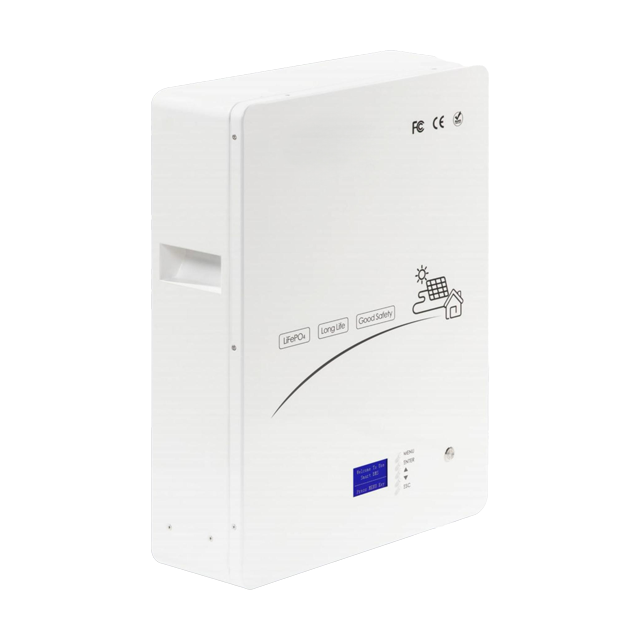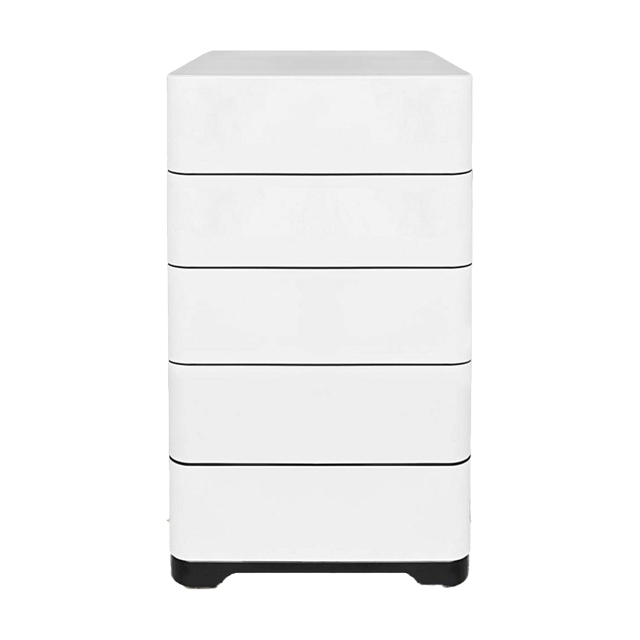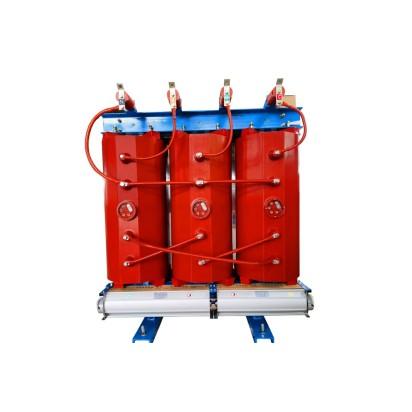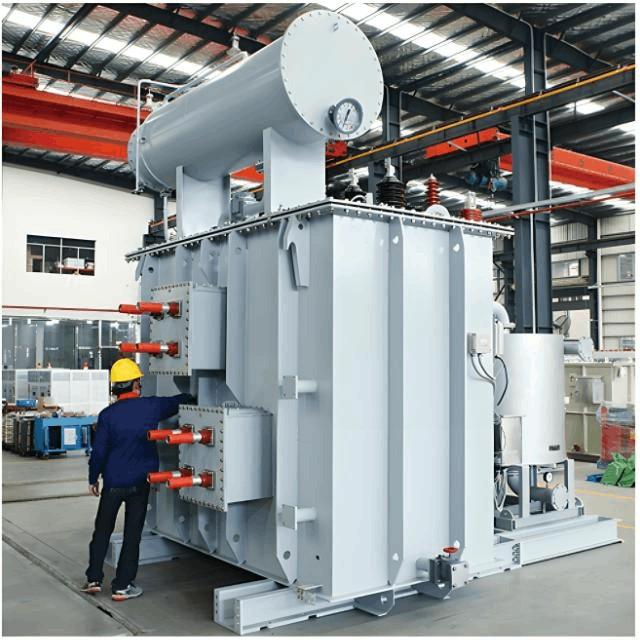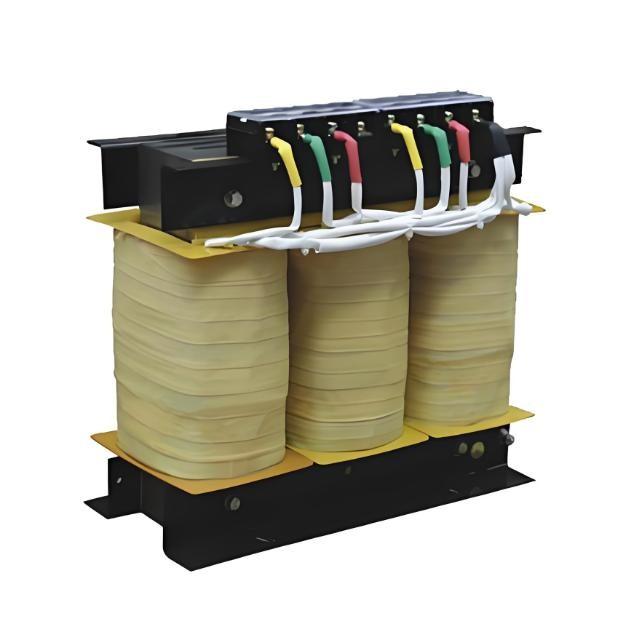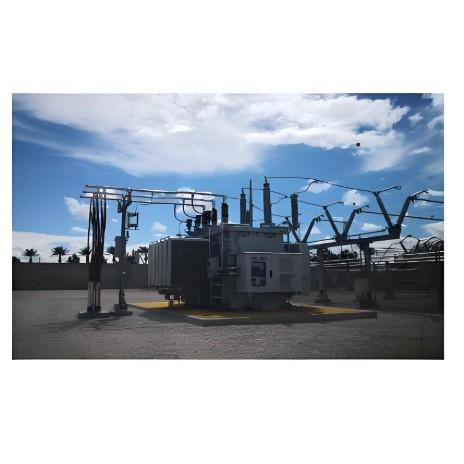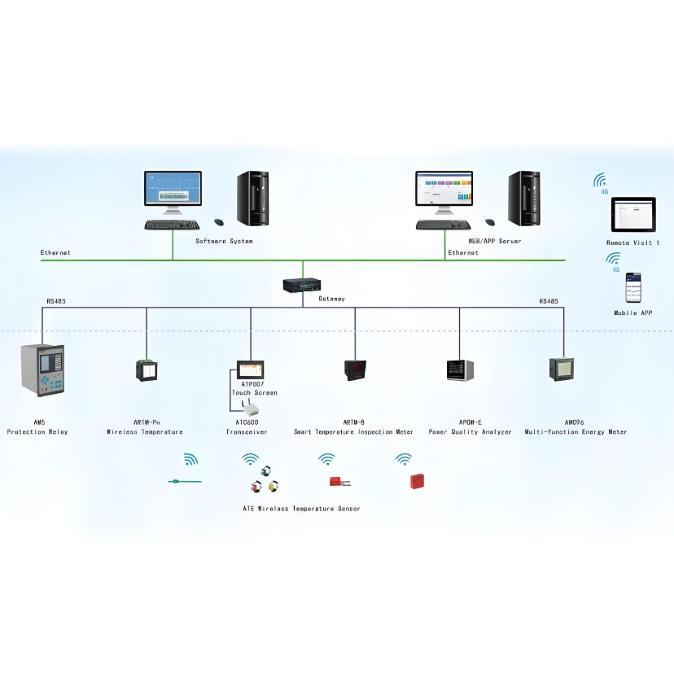- Product
- Suppliers
- Manufacturers
- Solutions
- Free tools
- Knowledges
- Experts
- Communities
Search
-
Công cụ miễn phí
-
IEE Business cung cấp công cụ miễn phí dựa trên AI cho thiết kế kỹ thuật điện và lập ngân sách mua điện: nhập tham số của bạn nhấn tính toán và nhận kết quả ngay lập tức về biến áp dây điện động cơ chi phí thiết bị điện và nhiều hơn nữa được kỹ sư toàn cầu tin tưởng
-
-
Hỗ trợ & Tài trợ
-
IEE-Business hỗ trợ giải pháp hàng đầu doanh nghiệp và chuyên gia tạo nên nền tảng nơi sáng tạo gặp gỡ giá trịKiến thức kỹ thuật xuất sắcTham gia và chia sẻ kiến thức kỹ thuật để kiếm thu nhập từ nhà tài trợGiải Pháp Kinh Doanh Xuất SắcTham gia và tạo giải pháp kinh doanh để kiếm tiền từ nhà tài trợChuyên gia cá nhân xuất sắcTrình bày tài năng của bạn với nhà tài trợ, giành lấy tương lai!
-
-
Cộng đồng
-
Xây dựng cộng đồng chuyên nghiệp của bạnTìm và kết nối với các chuyên gia trong ngành, đối tác tiềm năng và người ra quyết định để phát triển doanh nghiệp của bạnMở rộng mạng lưới cá nhân của bạnKết nối với các đồng nghiệp trong ngành, đối tác tiềm năng và người ra quyết định để tăng tốc độ phát triển của bạn.Khám phá thêm các tổ chứcKhám phá các công ty mục tiêu, đối tác và các nhà lãnh đạo ngành để mở khóa cơ hội kinh doanh mớiTham gia các cộng đồng đa dạngTham gia thảo luận theo chủ đề, trao đổi ngành và chia sẻ nguồn lực để mở rộng ảnh hưởng của bạn
-
-
Hợp tác với chúng tôi
Đối tác
-
-
Tham gia Chương trình Đối tác Kinh doanh IEE-BusinessThúc Đẩy Sự Phát Triển Kinh Doanh Từ Công Cụ Kỹ Thuật đến Mở Rộng Kinh Doanh Toàn Cầu
-
-
IEE Business
-
Tiếng Việt
-
- English
- Afrikaans
- العربية
- Azərbaycan dili
- български
- বাংলা
- Català
- Cebuano
- čeština
- Dansk
- Deutsch
- Ελληνικά
- Esperanto
- Español
- Eesti keel
- Euskara
- دری
- فارسی
- suomi
- Filipino
- français
- Gaeilge
- Galego
- Hausa
- עברית
- हिन्दी
- Hrvatski
- magyar nyelv
- հայերեն
- Bahasa Indonesia
- Íslenska
- Italiano
- 日本語
- ქართული
- Қазақ тілі
- ಕನ್ನಡ
- 한국어
- Kurdî
- Latina
- Latviešu valoda
- македонски јазик
- Bahasa Melayu
- Malti
- नेपाली
- Nederlands
- Norsk
- ਪੰਜਾਬੀ
- polski
- پښتو
- Português
- Русский язык
- සිංහල
- Slovenščina
- српски језик
- Svenska
- Kiswahili
- தமிழ்
- తెలుగు
- ไทย
- Tagalog
- Türkçe
- українська мова
- اردو
- Oʻzbek tili
- Tiếng Việt
-
Mở rộng mạng lưới cá nhân của bạn
-
Tiếng Việt
-
- English
- Afrikaans
- العربية
- Azərbaycan dili
- български
- বাংলা
- Català
- Cebuano
- čeština
- Dansk
- Deutsch
- Ελληνικά
- Esperanto
- Español
- Eesti keel
- Euskara
- دری
- فارسی
- suomi
- Filipino
- français
- Gaeilge
- Galego
- Hausa
- עברית
- हिन्दी
- Hrvatski
- magyar nyelv
- հայերեն
- Bahasa Indonesia
- Íslenska
- Italiano
- 日本語
- ქართული
- Қазақ тілі
- ಕನ್ನಡ
- 한국어
- Kurdî
- Latina
- Latviešu valoda
- македонски јазик
- Bahasa Melayu
- Malti
- नेपाली
- Nederlands
- Norsk
- ਪੰਜਾਬੀ
- polski
- پښتو
- Português
- Русский язык
- සිංහල
- Slovenščina
- српски језик
- Svenska
- Kiswahili
- தமிழ்
- తెలుగు
- ไทย
- Tagalog
- Türkçe
- українська мова
- اردو
- Oʻzbek tili
- Tiếng Việt
-
Mở rộng mạng lưới cá nhân của bạn









